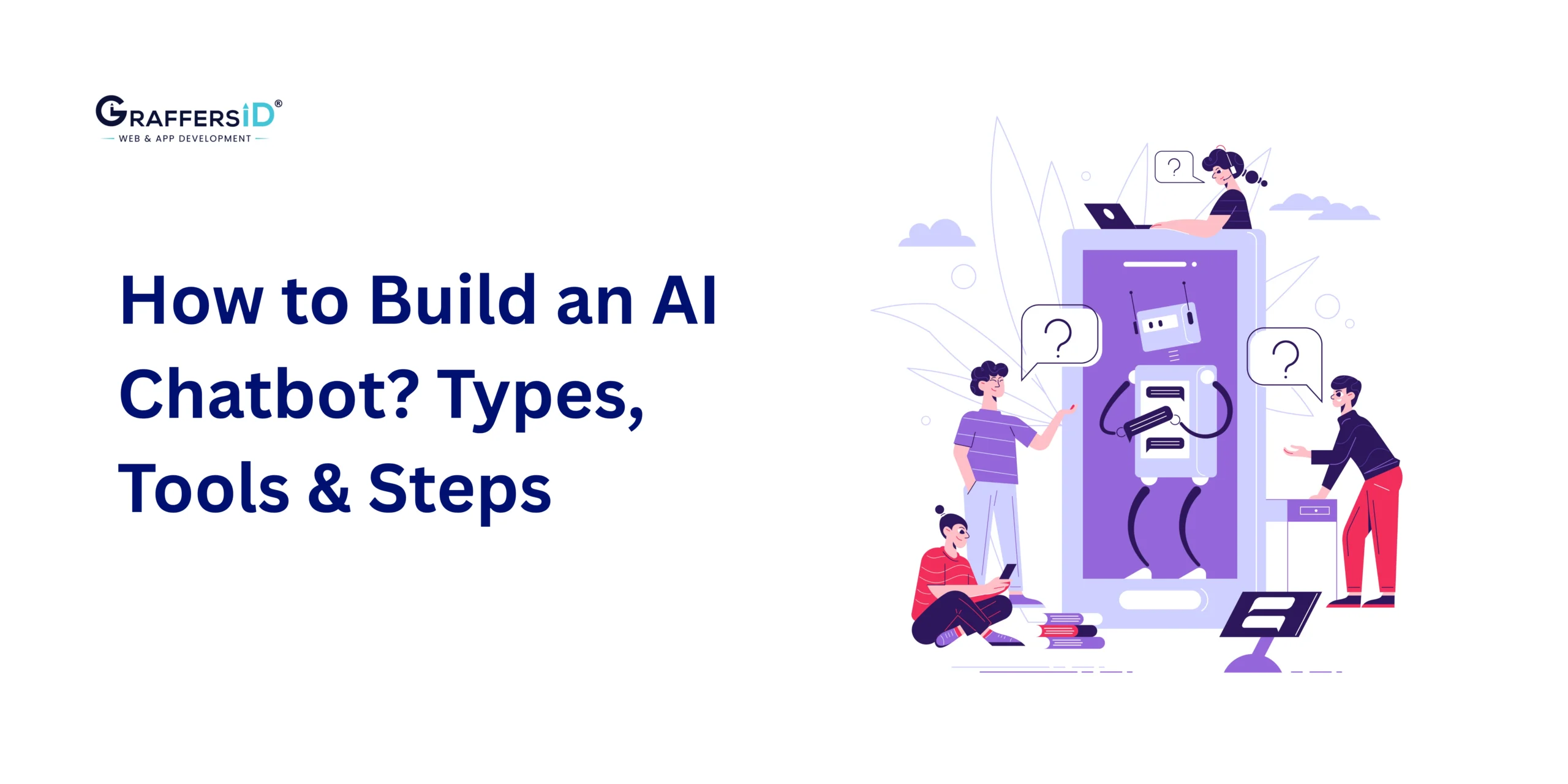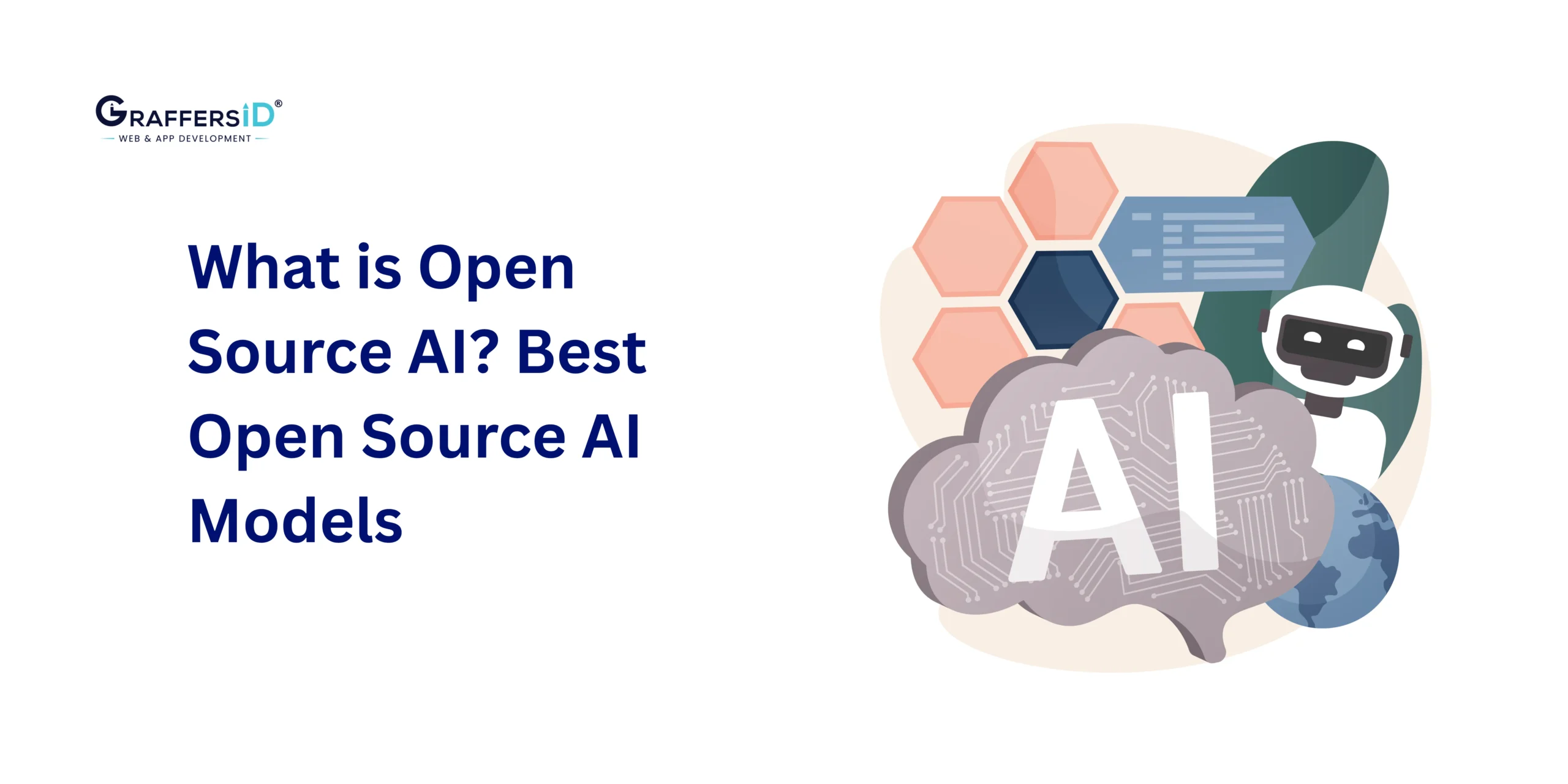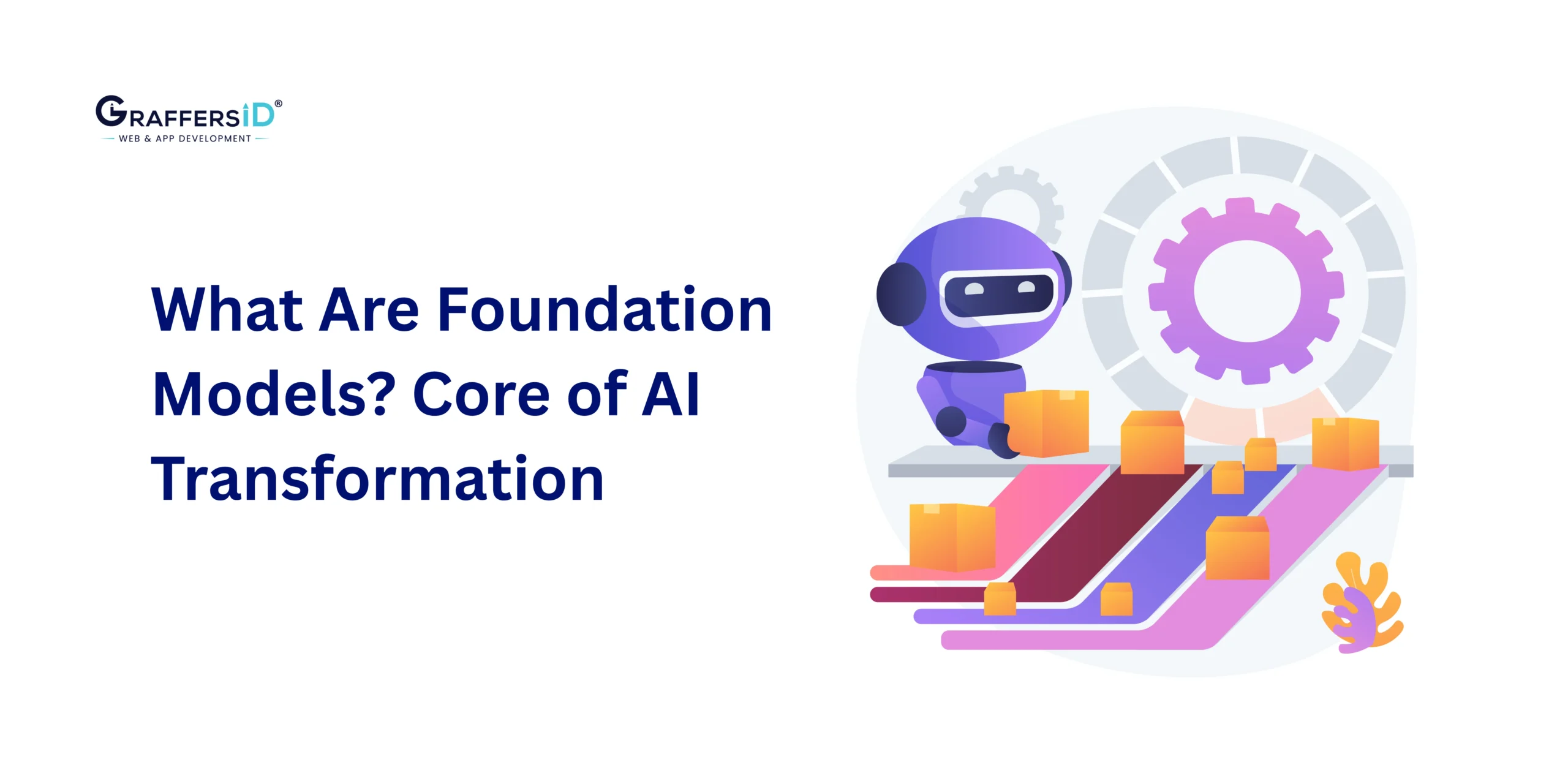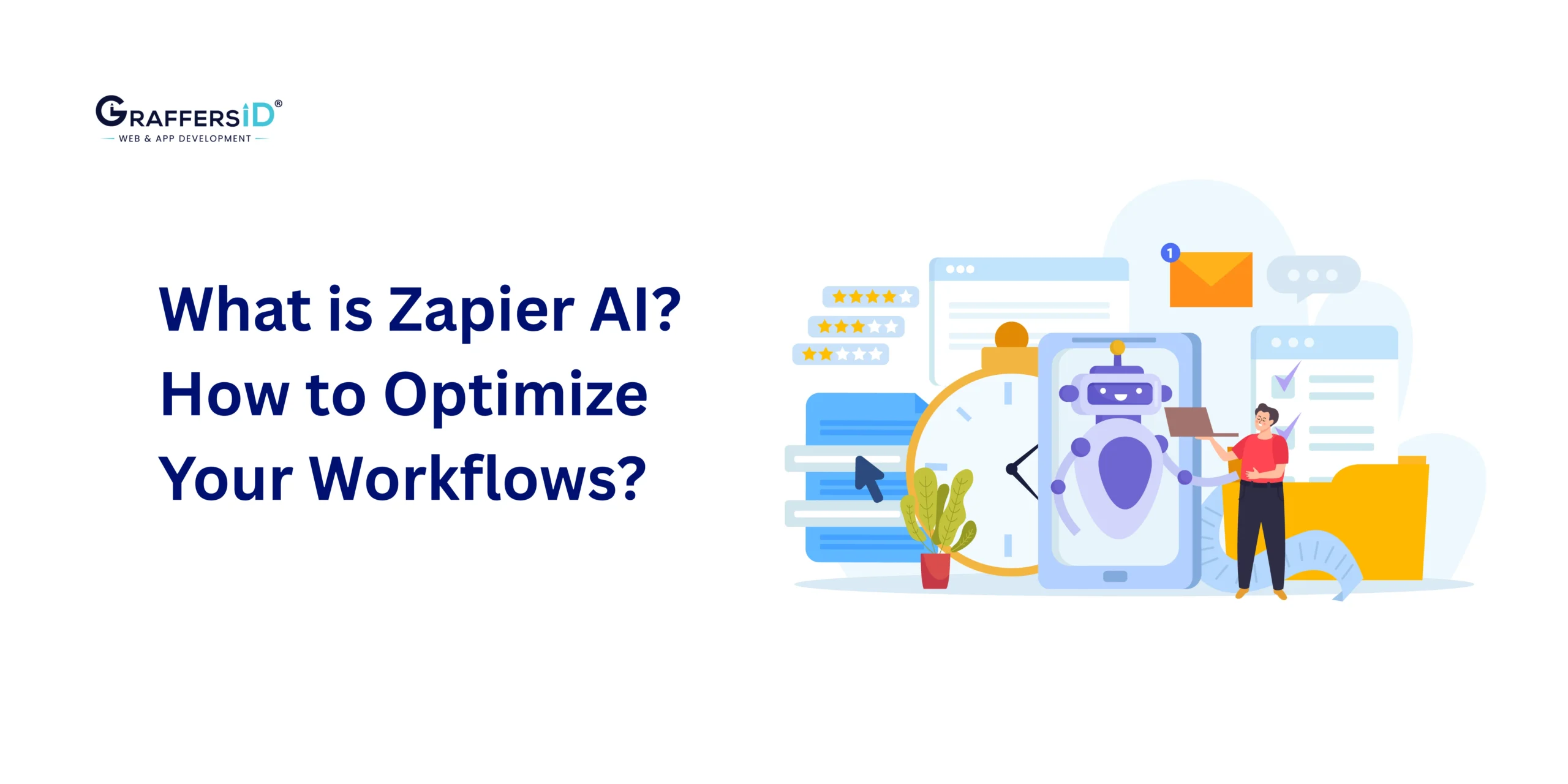AI-powered chatbots have transformed how businesses interact with customers. In 2026, chatbots go beyond simple FAQ automation; they provide hyper-personalized experiences, real-time problem-solving, and proactive engagement across web, mobile, and messaging platforms. With advancements in foundation models, generative AI, and NLP, creating a chatbot is more accessible and smarter than ever.
This guide explores the types of AI chatbots, the modern technology stacks used, and a step-by-step framework for building a cutting-edge AI chatbot for your business.
Types of AI Chatbots in 2026
Understanding chatbot types is crucial before development. AI chatbots generally fall into two categories:
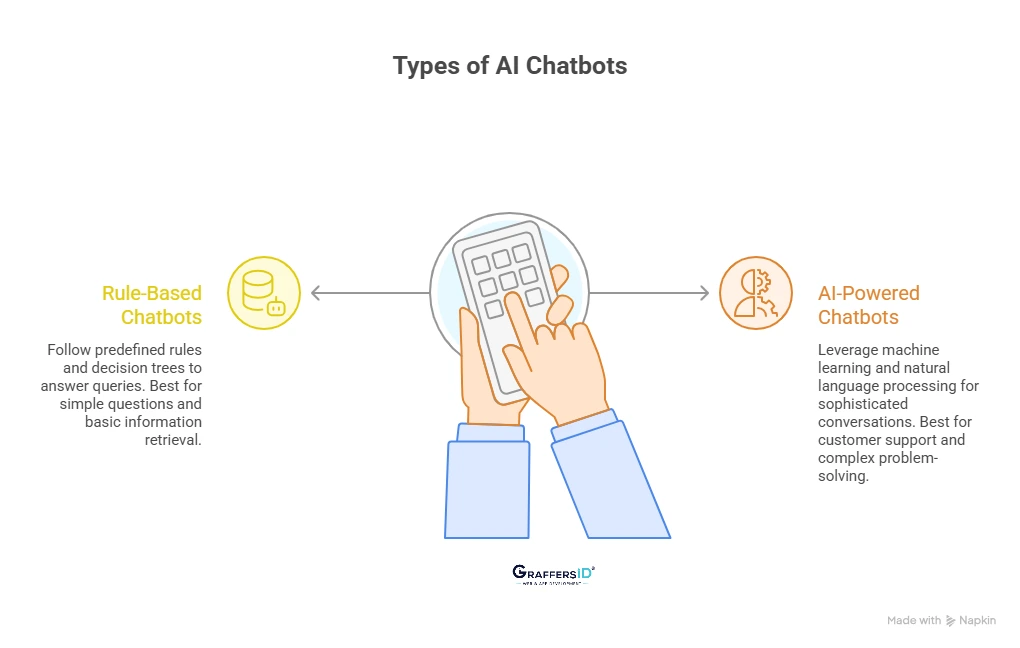
1. Rule-Based Chatbots
A system that follows predefined rules and works with available decision trees, along with the scripts, to provide answers to query keywords or command inputs.
Best suited for:
- Simple questions and FAQs
- Basic information retrieval
Limitations:
- Cannot adapt to unstructured queries.
- Limited cross-platform functionality.
Read More: AI Agent vs. Chatbot: Key Differences, Use Cases & Future of Intelligent CX (2026)
2. AI-Powered Chatbots
Advanced chatbots leverage machine learning (ML), natural language processing (NLP), and generative AI to understand context, intent, and sentiment, providing sophisticated conversational experiences.
Best suited for:
- Customer support personalization
- Lead generation and sales assistance
- Complex problem-solving
Advantages:
- Learns and improves with every interaction.
- Can integrate with multiple platforms and services.
- Offers predictive responses and proactive recommendations.
Modern Tech Stack for Building AI Chatbots in 2026
The choice of technology stack depends on the chatbot type and intended use. Here’s an updated 2026-ready stack:

1. Front-End Development
Frameworks: React.js, Vue.js, and Angular for web; Flutter, React Native, or Swift for mobile.
Purpose: Create responsive and intuitive chat interfaces for web, iOS, and Android.
2. Natural Language Processing (NLP) & Generative AI
Tools & APIs:
- OpenAI GPT API / ChatGPT: Human-like response generation
- Google Dialogflow CX: NLP and intent detection
- Microsoft LUIS & Azure AI: Multi-language support
- IBM Watson: Conversational analytics and AI workflows
- spaCy / NLTK / Hugging Face Transformers: Custom NLP models
Purpose: Understand user input, detect intent, and generate contextual responses.
3. Machine Learning & AI Frameworks
Frameworks: TensorFlow, PyTorch, or JAX for model training.
Purpose: Enable learning from interaction data and continuously improve chatbot accuracy.
Read More: Agentic AI vs. AI Agents: Key Differences, Real-World Examples, and Business Use Cases (2026 Guide)
4. Back-End Development
Languages: Python, Node.js, or Java for implementing the core logic of the chatbot.
Databases: MongoDB, PostgreSQL, Firebase, or Redis for conversation history and user profiles.
Purpose: Handle logic, integrate NLP models, and store critical data.
5. Cloud Platforms & Scalability
Different Platforms: AWS, Microsoft Azure, Google Cloud, or Oracle Cloud for hosting and scalability.
Purpose: Ensure high availability, fast processing, and scalability for millions of concurrent users.
6. Integration Tools & APIs
Popular APIs: Twilio, WhatsApp Business API, Slack API, and Telegram Bot API for integrating the chatbot into messaging platforms.
Purpose: Extend chatbot reach across messaging apps, CRMs, and e-commerce platforms.
How to Build an AI Chatbot in 2026? Step-by-Step Guide
Developing an AI chatbot involves several stages, from ideation to deployment. Below is a step-by-step guide:
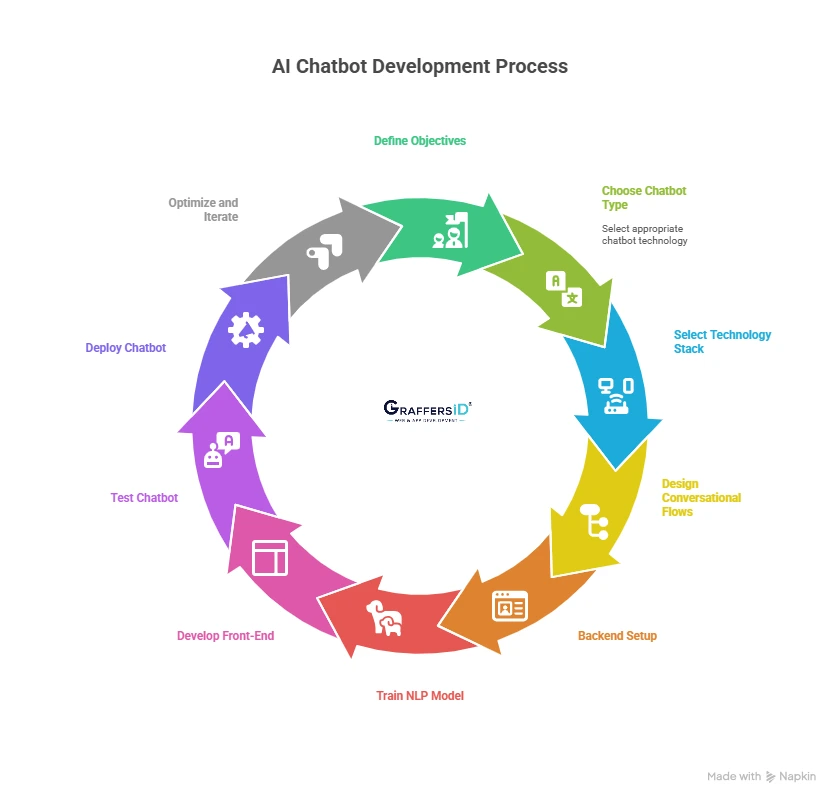
Step 1: Define Objectives and Use Cases
- Identify the primary goal: customer support, lead generation, or e-commerce assistance.
- Build user personas and map expected interaction scenarios.
Step 2: Choose the Chatbot Type
- Use rule-based chatbots for simple tasks.
- Use AI-powered chatbots for adaptive, multi-channel, and scalable experiences.
Step 3: Select the Technology Stack
Pick your NLP engine, ML framework, programming language, and hosting platform according to your goals.
Step 4: Design Conversational Flows
- Create flowcharts showing how queries are handled.
- Plan fallbacks for unrecognized questions.
Step 5: Backend Setup
- Implement core logic using Python, Node.js, or Java.
- Connect to NLP engines and APIs for extended functionality (payments, calendars, CRM).
Read More: AI Assistants vs. AI Agents (2026): Key Differences, Features, and Use Cases Explained
Step 6: Train the NLP Model
- Collect domain-specific datasets.
- Train models with TensorFlow, PyTorch, or Hugging Face Transformers.
- Continuously update based on feedback.
Step 7: Develop the Front-End
- Build intuitive interfaces for web and mobile platforms.
- Ensure fast response, accessibility, and navigation ease.
Step 8: Test the Chatbot
- Conduct functional, load, and user experience testing.
- Simulate real-world scenarios to ensure robustness and scalability.
Step 9: Deploy the Chatbot
- Integrate with preferred channels: website, mobile app, WhatsApp, Slack, or Messenger.
- Monitor performance metrics: engagement, response accuracy, retention.
Step 10: Optimize and Iterate
- Use analytics and user feedback to enhance responses.
- Continuously refine conversational AI models to stay ahead of trends.
Benefits of Using AI Chatbots in 2026
AI chatbots offer numerous advantages, including:
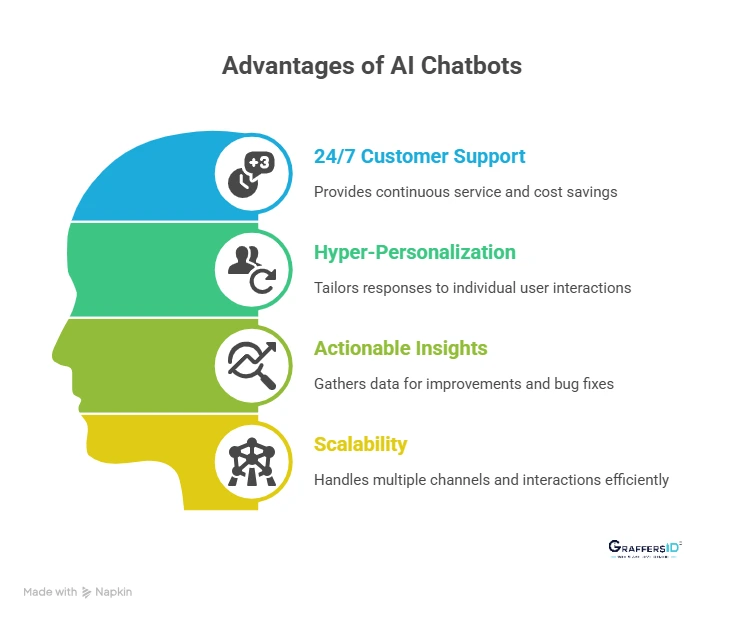
1. 24/7 Customer Support:
No large customer support teams means a huge cost cut for the enterprise. Maintain conversations accordingly, ensuring the same user experience across a multitude of simultaneous conversations.
2. Hyper-Personalization:
Make responses unique for every individual use, depending on past interactions. This will enhance the user experience and allow them to get answers based on their answering pattern.
3. Actionable Insights:
Collect critical and valuable information concerning customers and their behavior. The data insights will be useful in future enhancements and bug-fixing issues.
4. Scalability:
Supports multiple channels and millions of interactions without degrading performance.
Read More: 5 Best AI Frameworks and Libraries in 2026 Trusted by Leading Tech Companies
Factors to Consider When Building AI Chatbots in 2026
While AI chatbots are great, there are important factors to consider:
- Quality of Training Data: Poor data leads to inaccurate responses.
- User Expectations: Users expect highly human-like interactions.
- Development Cost: AI chatbots require advanced expertise and investment.
Conclusion
Building an AI chatbot in 2026 is more than implementing scripts; it’s about combining advanced NLP, generative AI, foundation models, and scalable architectures to deliver smart, responsive, and personalized experiences.
With the right technology stack and continuous optimization, AI chatbots can become a strategic asset, enhancing customer engagement, reducing costs, and providing actionable insights.
At GraffersID, we specialize in developing next-gen AI chatbots, custom software, and intelligent automation solutions. Hire expert AI developers to transform customer experiences and scale your business in 2026.
